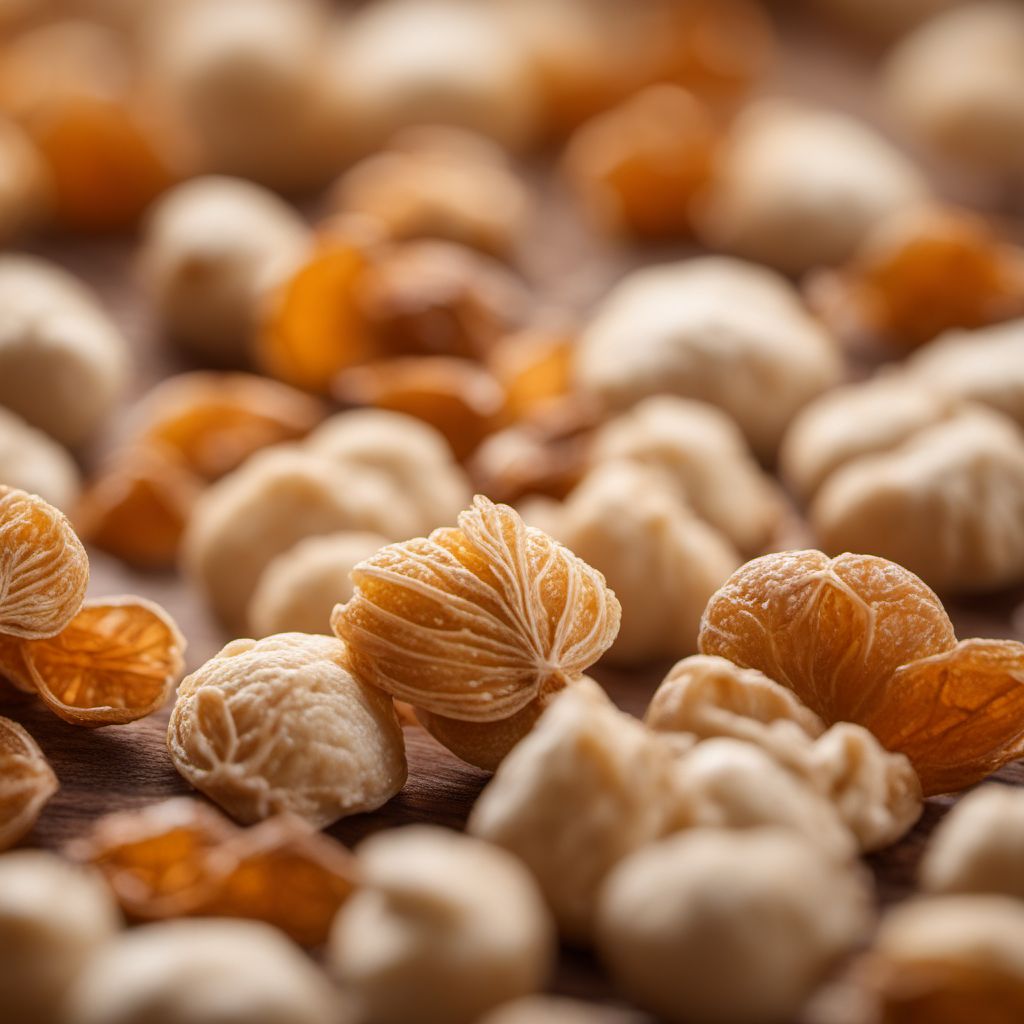
Ingredient
Dried pasta
The Versatile Staple: Exploring the World of Dried Pasta
Dried pasta is made from durum wheat semolina and water, which is kneaded into a dough, extruded into various shapes, and then dried. It is characterized by its firm texture and ability to hold sauces well. With a wide range of shapes and sizes available, dried pasta offers endless possibilities for creating delicious and satisfying meals. Its appearance can vary from smooth and shiny to rough and textured, depending on the type of pasta.
Origins and history
Pasta has a rich history that dates back to ancient times. While its exact origin is debated, it is believed to have originated in the Mediterranean region, particularly in ancient Greece and Rome. Pasta gained popularity in Italy during the Middle Ages and eventually spread throughout Europe and the rest of the world through exploration and trade. Today, pasta is a staple in Italian cuisine and has been adopted and adapted by various cultures worldwide.
Nutritional information
Dried pasta is a good source of complex carbohydrates, providing energy for the body. It is low in fat and sodium, making it a healthier option compared to other types of refined grains. Additionally, it contains essential nutrients such as iron and B vitamins.
Allergens
Dried pasta is typically made from wheat, which contains gluten. Therefore, it is not suitable for individuals with gluten intolerance or celiac disease.
How to select
When selecting dried pasta, look for brands that use high-quality durum wheat semolina. Check the packaging for any signs of damage or moisture, as this can affect the quality of the pasta. Opt for reputable brands or artisanal varieties for a superior taste and texture.
Storage recommendations
Store dried pasta in a cool, dry place, away from moisture and direct sunlight. Keep it in its original packaging or transfer it to an airtight container to maintain its freshness and prevent it from absorbing odors.
How to produce
While it is not practical for amateurs to produce dried pasta at home, making fresh pasta from scratch is a rewarding culinary experience that allows for customization of shapes and flavors.
Preparation tips
To cook dried pasta, bring a large pot of salted water to a rolling boil. Add the pasta and cook according to the package instructions, stirring occasionally. Taste for doneness, as the cooking time may vary depending on the shape and thickness of the pasta. For al dente pasta, cook it until it is firm to the bite. After draining, toss the pasta with your desired sauce or ingredients. To prevent sticking, avoid rinsing the pasta with water after cooking.
Culinary uses
Dried pasta is incredibly versatile and can be used in a wide range of dishes. It is commonly used in classic Italian recipes such as spaghetti carbonara, lasagna, and pasta primavera. It can also be used in soups, salads, and stir-fries, or as a base for baked pasta dishes like macaroni and cheese.
Availability
Dried pasta is widely available in grocery stores, supermarkets, and specialty food stores worldwide.
More ingredients from this category
Recipes using Dried pasta » Browse all
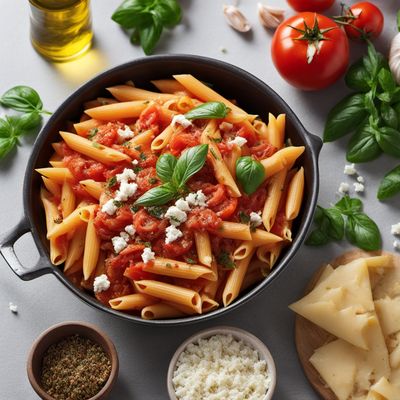
Cretan-style Penne with Tomato and Feta
Mediterranean Delight: Cretan-style Penne with Tomato and Feta
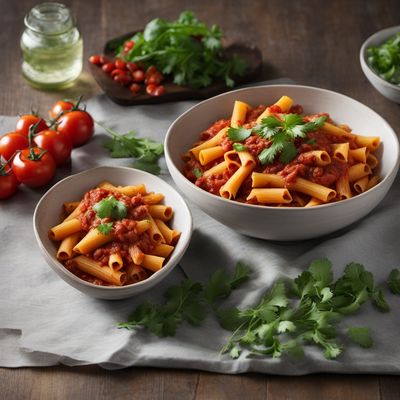
Kenyan-style Rigatoni with Spicy Tomato Sauce
Savory Kenyan Twist on Rigatoni Pasta

Polynesian-style Baked Tomato Pasta
Tropical Tomato Pasta Delight
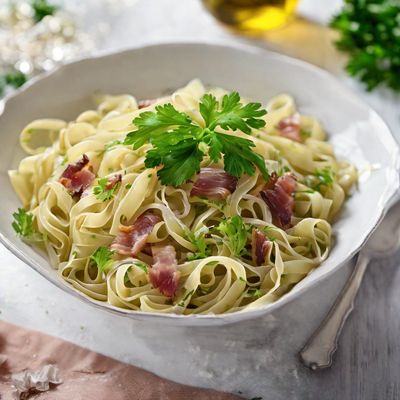
Krpice sa zeljem (Croatian Pasta with Cabbage) Adapted to French Cuisine
Pâtes au Chou: A French Twist on Croatian Comfort Food
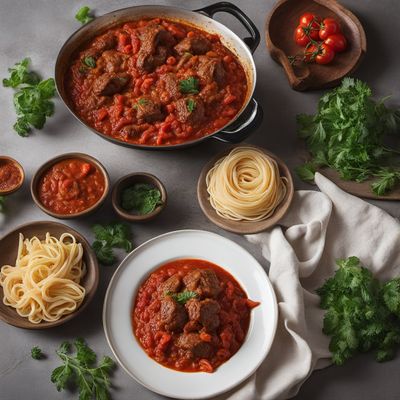
Balkan-style Lamb Capunti with Tomato Sauce
Savory Balkan Lamb Pasta Delight

Paštrovski Makaruli with Mediterranean Flavors
Mediterranean Delight: Paštrovski Makaruli

Lebanese-Style Spicy Chicken Riggies
Fiery Chicken Riggies with a Lebanese Twist

Cuzzetiello alla Napoletana
Savory Neapolitan Cuzzetiello: A Taste of Italy's Culinary Heritage

Krpice sa zeljem - Latin American Style
Savory Latin American Pasta with Cabbage
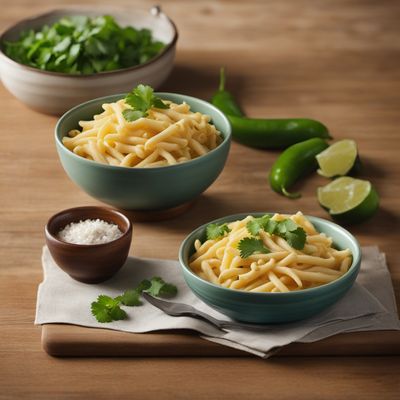
Chilean Cheesy Pasta Delight
Queso Pasta de Chile

Onmyeon with a Tropical Twist
Island-Inspired Onmyeon: A Taste of Christmas Island
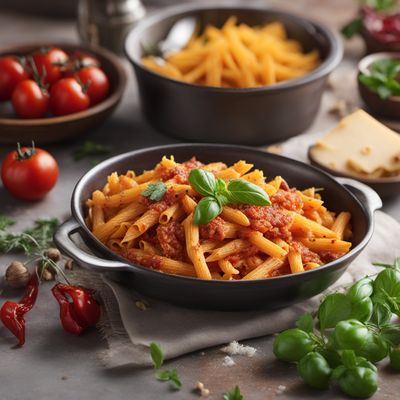
Qatari-style Baked Pasta
Saffron-infused Baked Pasta Delight

